I read that the surge current for an Indction motor is higher than that of other motors. Therefore when one wants to power a 3phase IM the inverter rating should be much higher than that of a BLDC (when the supply is DC ). Is it true?
Link to this: http://www.diygokarts.com/vb/showthread.php?t=9700
I am gonna start designing an electric go kart(for an event). I wanted to use an induction motor because of the following reasons:
Better overall or avg efficiency.
lower weight
This is from where I was like convinced to use an IM against BLDC: https://www.tesla.com/blog/induction-versus-dc-brushless-motors?_ga=2.70427863.694368311.1506343498-425824400.1494234243
Specs of the motor and batteries that I'm allowed to use [some extra info if it's needed ]: - Motor rating <= 3kW - Battery voltage = 48 V - 20 Ah <= Battery capacity <= 50 Ah - Max rpm = 3600 - Max torque = 10 Nm
Any advice is welcome.
